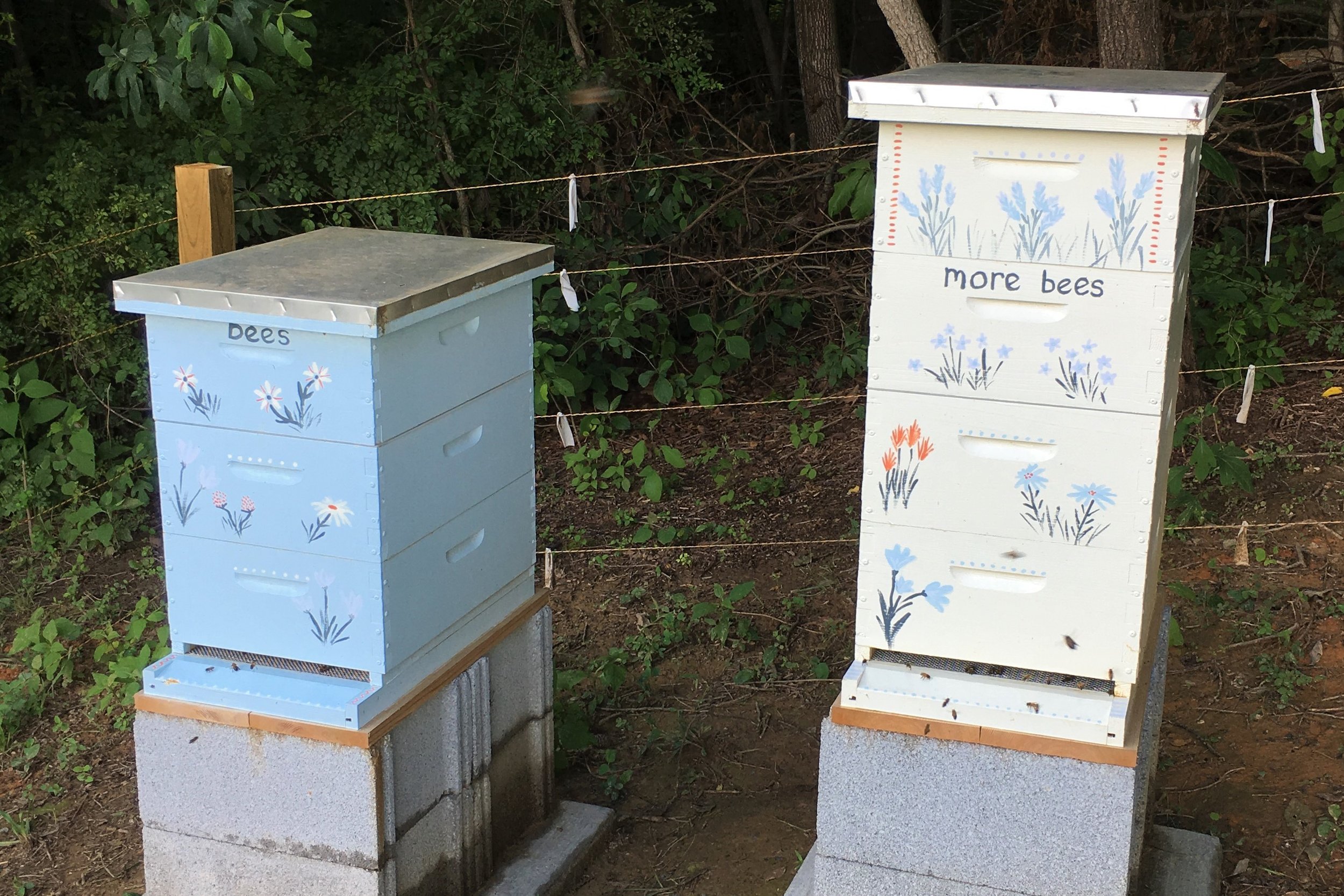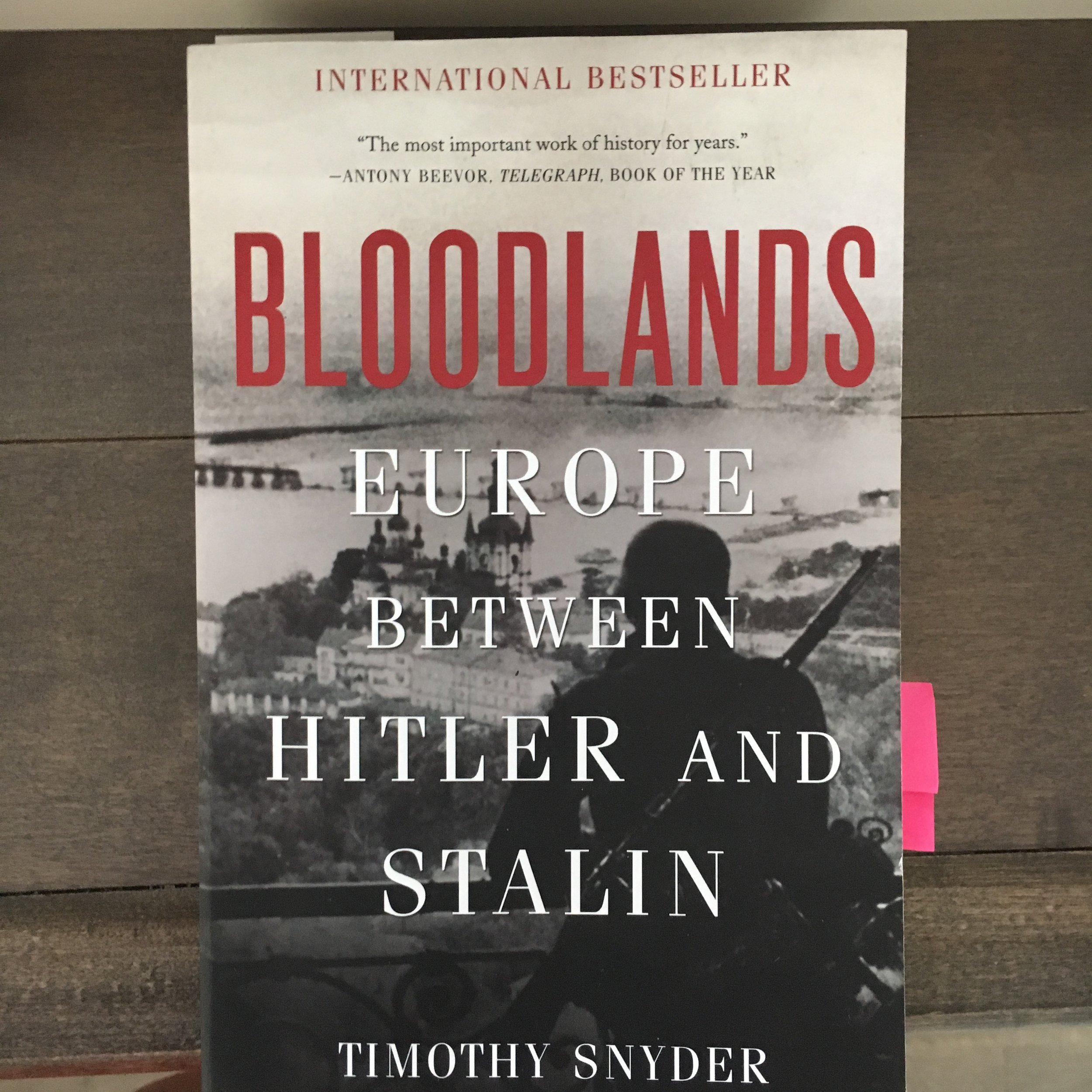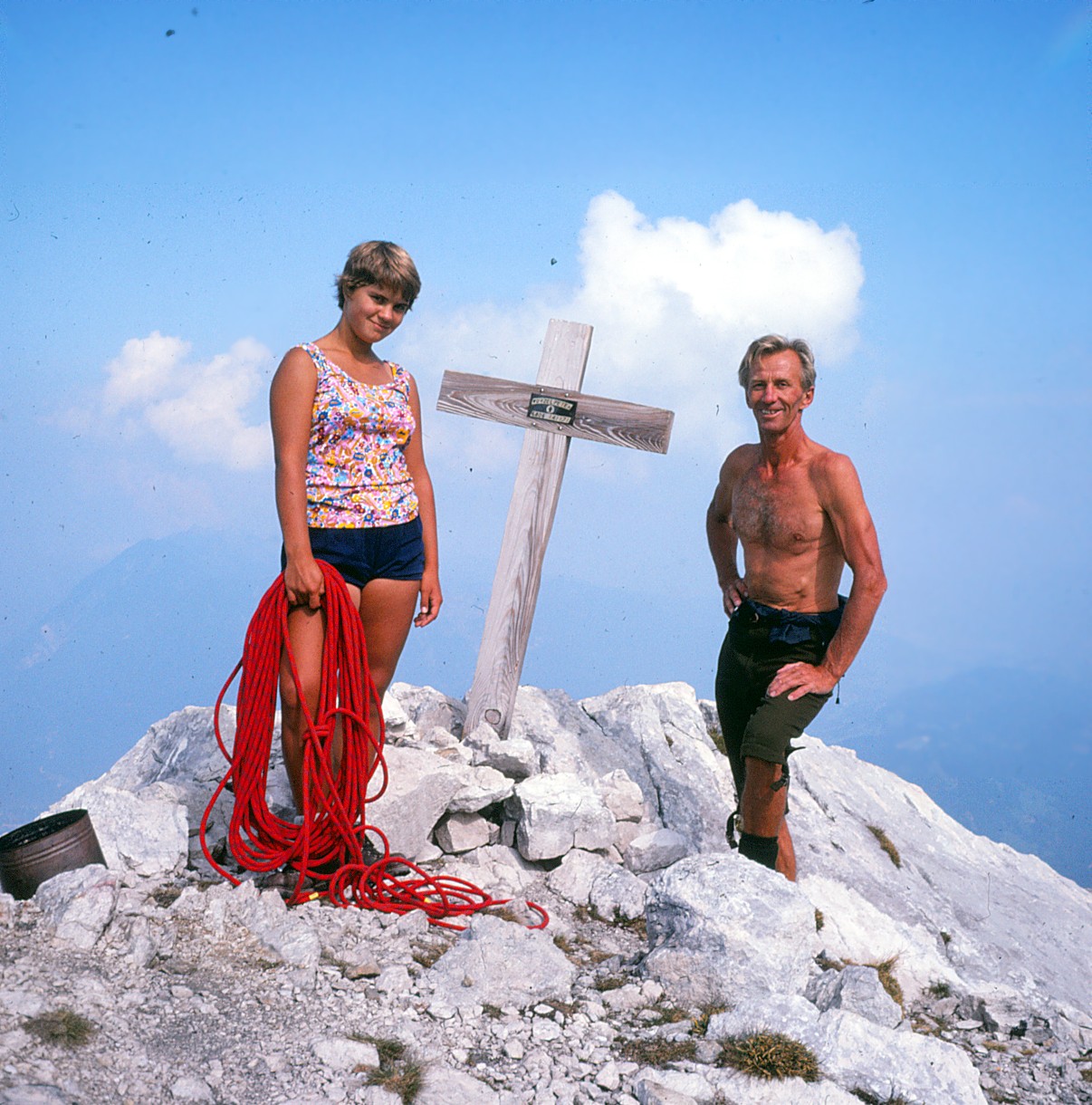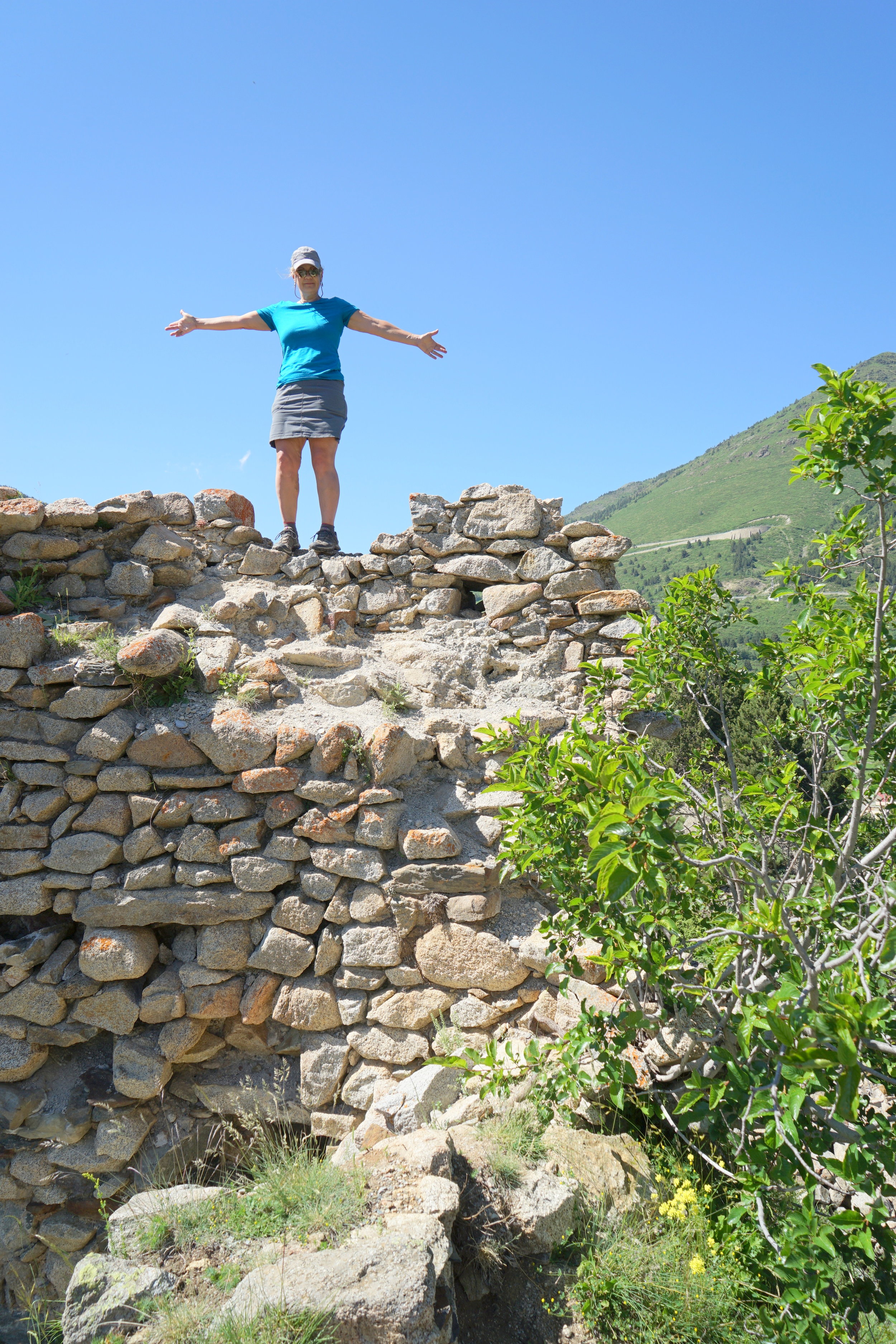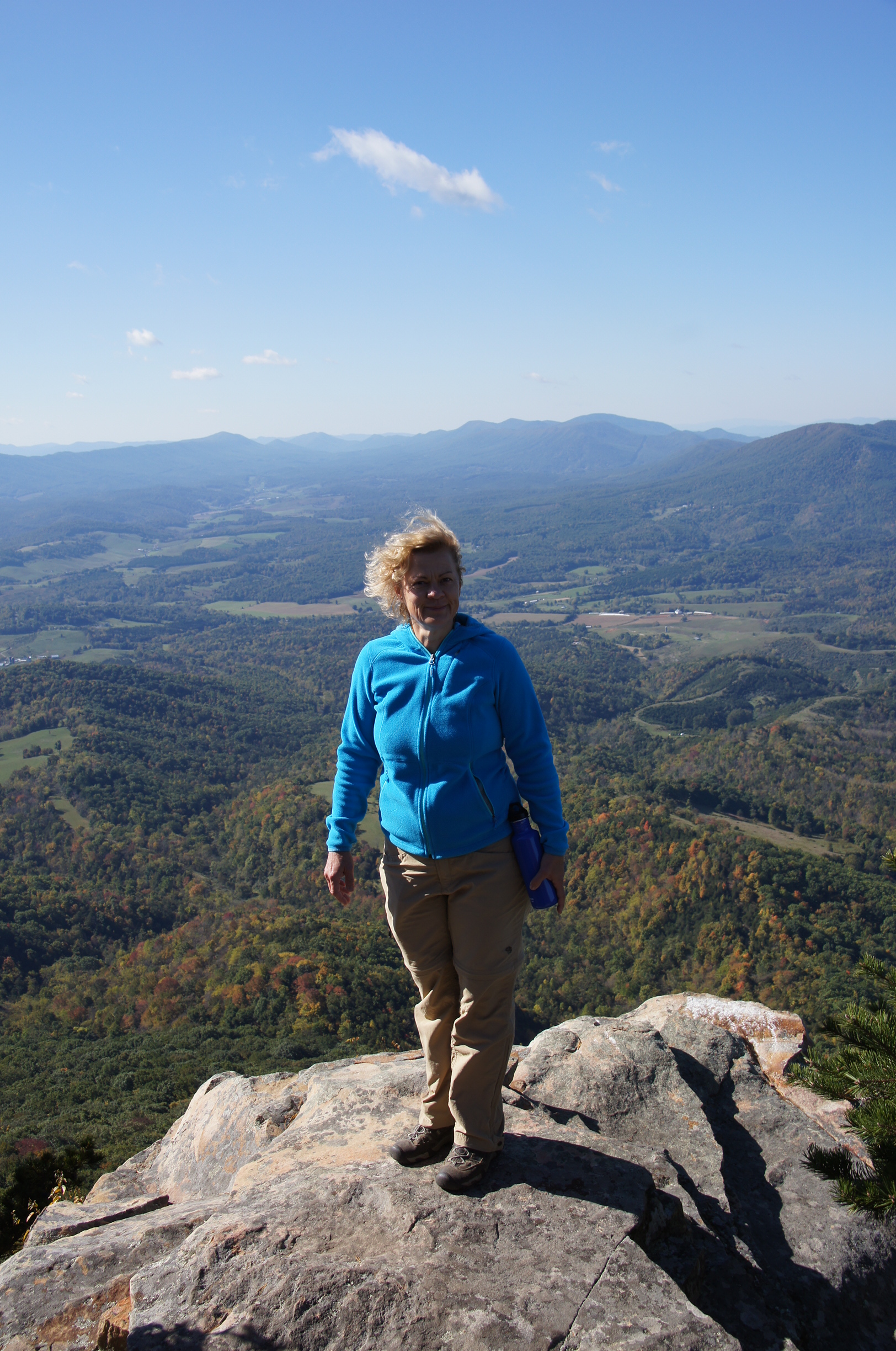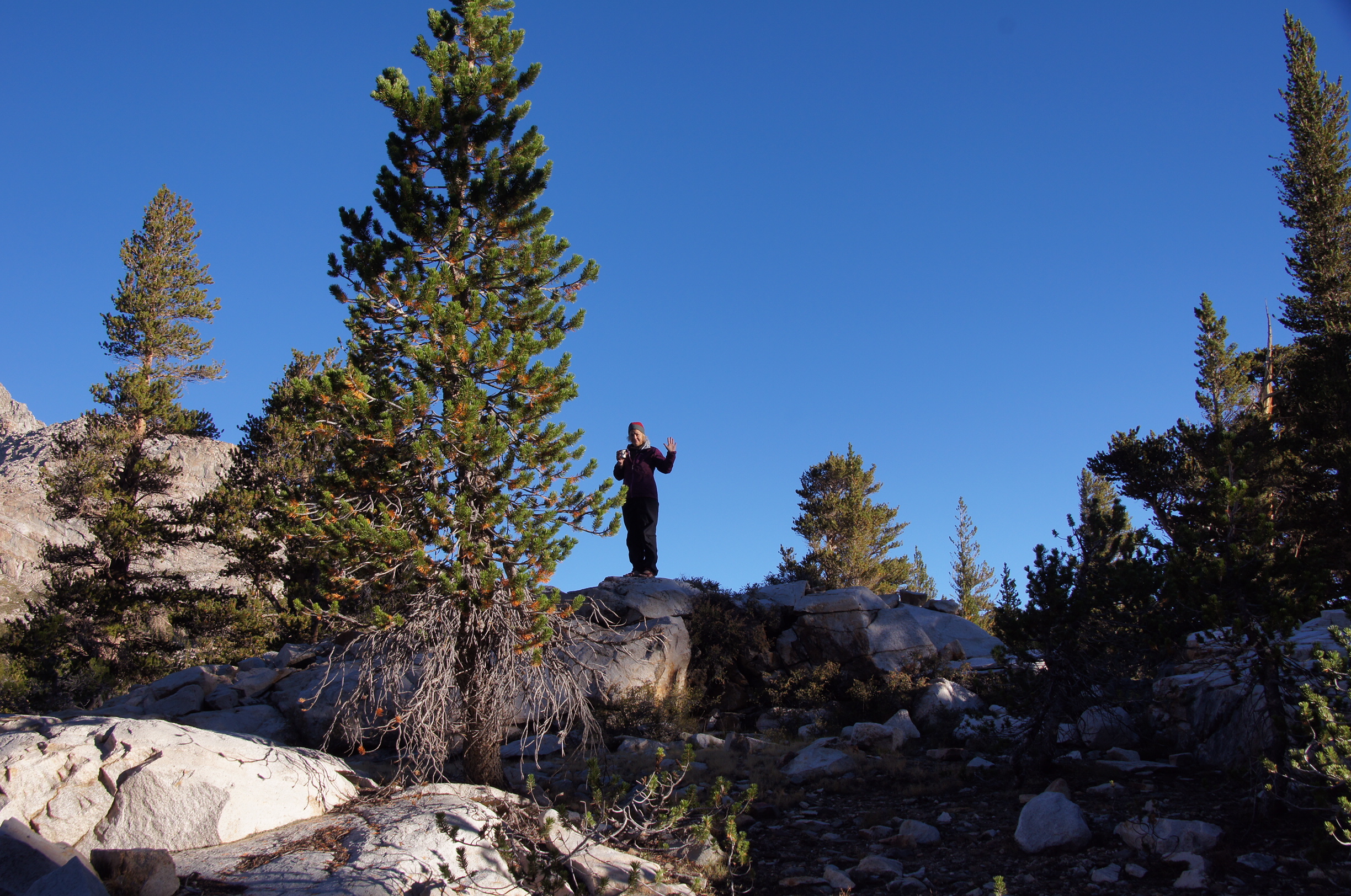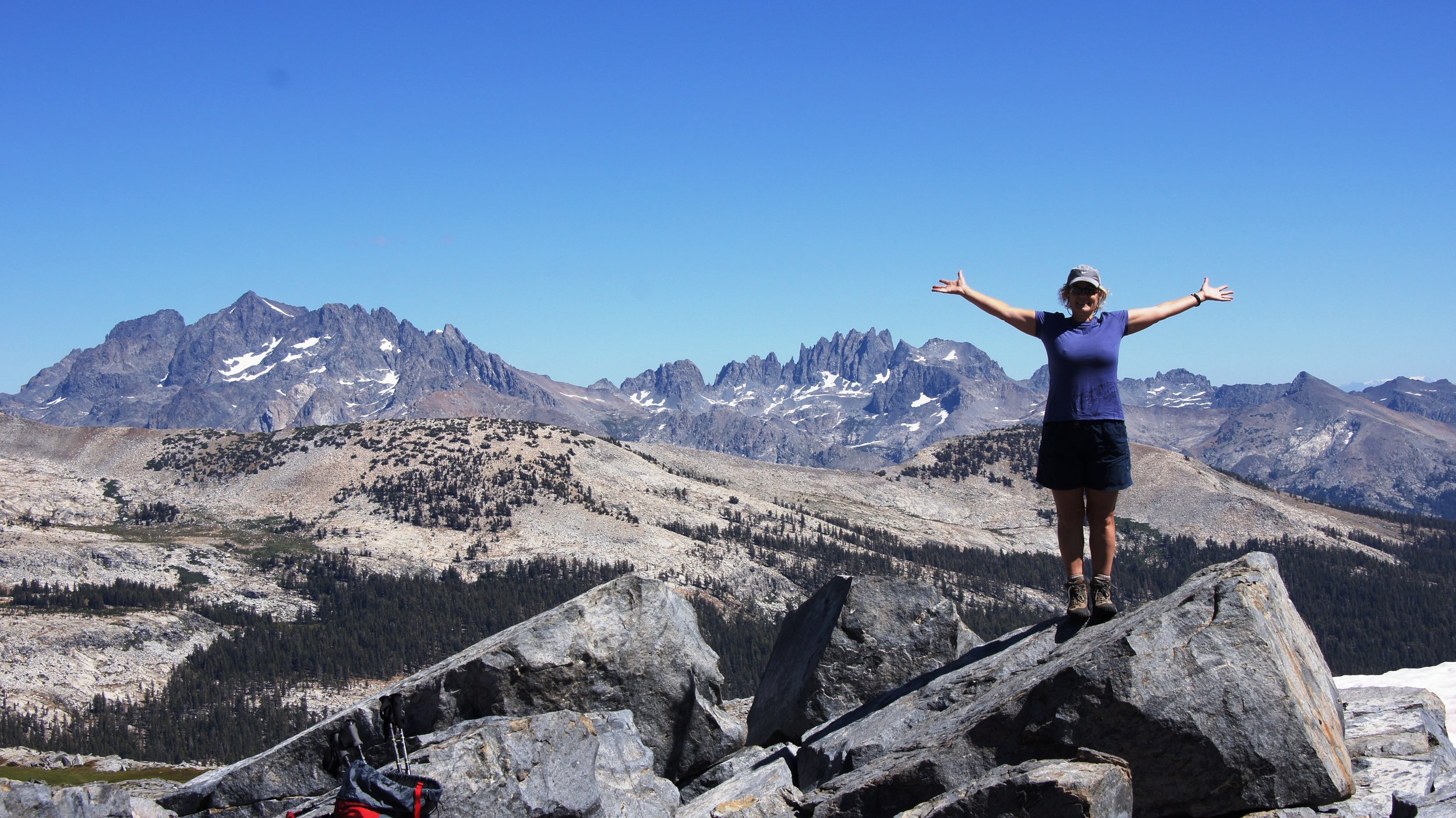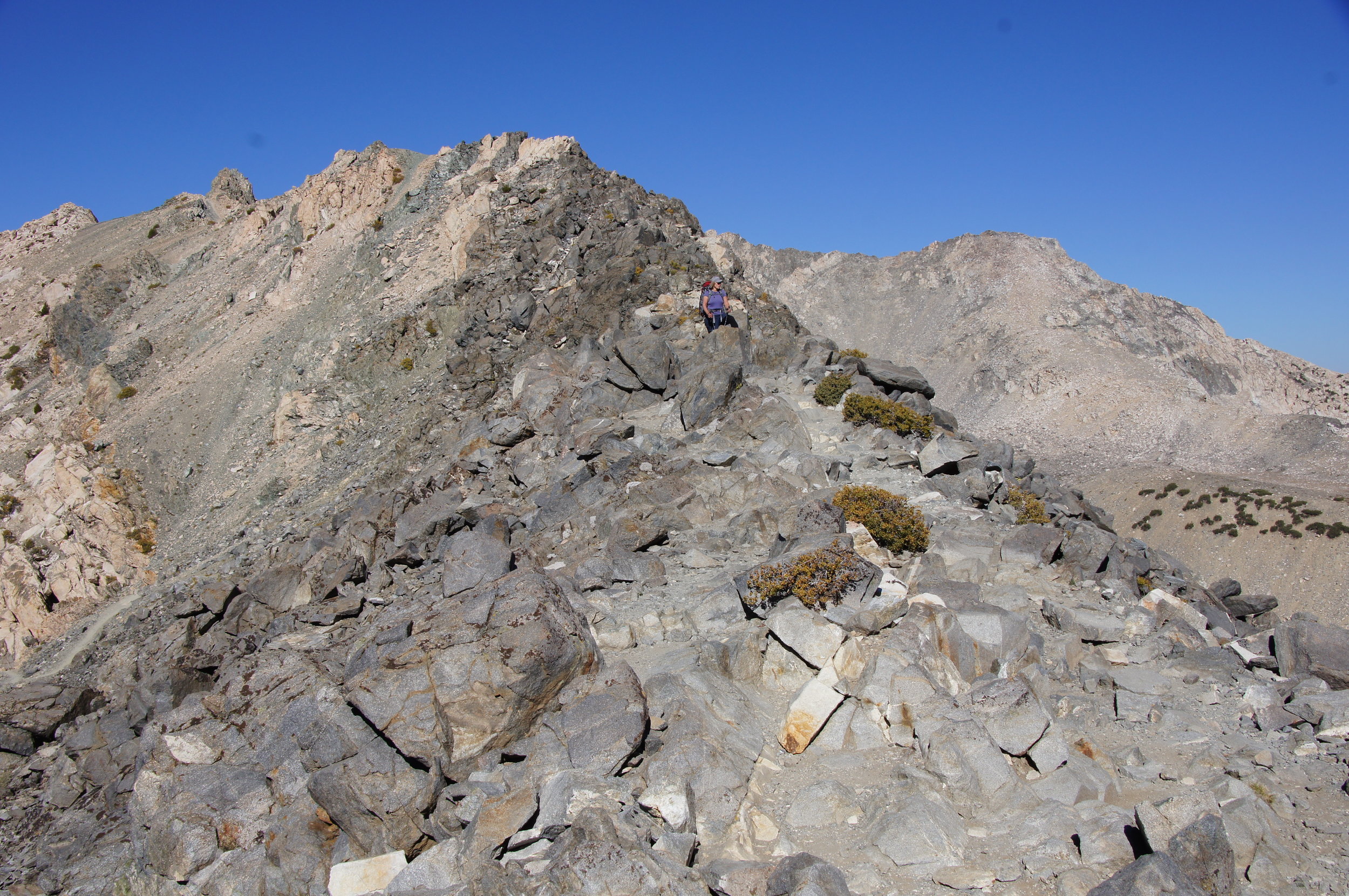Spring: it’s here for reals. I have so much to say—things are happening in every corner of my world—but today I’m going to skip over new beginnings and emerging seedlings and bulbs I’d forgotten I’d planted (what a surprise, though!). Instead, I’d like to talk about a returning friend: Buddy the Indigo Bunting.
Every morning last summer, this darling turquoise bird sang from the top of the plum tree. Mind you, we only planted the orchard a couple years ago so this is not a great height, but his song was bright and lively and, as the days and weeks passed, utterly familiar. We would awake and listen for him. He never failed us, repeating his sweet phrase dozens of times before flying off to get some coffee. We are prone to naming and dubbed him Buddy
One morning in late September, we listened for him and heard only silence. It was inevitable, and the way of all things, especially birds with intelligent ideas about where to spend winter, but his absence made us wistful. As the months passed, we would wonder aloud how Buddy was faring. Did the long migration exhaust him? Did he end up in Costa Rica, Belize, or Jamaica, and was he remembering to apply sunscreen? I swear I thought about Buddy when the hurricanes blew through. I know, I know.
We returned from Portugal, the days warmed, and our expectations—and fears—grew. A lot could befall a small bird over the course of several months. As I tilled the garden, I listened for his call. The phoebes were here, and the nuthatches and chipping sparrows and cardinals. Where was Buddy?
One morning, I caught my husband refreshing his memory of Buddy’s song on the computer. He thought he might have heard him that morning. Sure enough, the next day the unmistakable song rang from the woods behind our house. A moment later, a turquoise flash appeared on a small tree nearby.
I ran into the garage where my husband was tinkering. “Buddy’s here!”
We watched him together. We might have jumped up and down. “Hey, Buddy!” my husband called. “Welcome back!”
I’m not even slightly embarrassed at the extent of our joy and relief. To me, this is what it means to live in a beautiful, relatively unspoiled place. We know our neighbors even if they are birds.
Within a few days, Buddy had taken his usual spot in the orchard for his morning song.
It’s the little things. Sometimes the little thing is a bird, and the knowledge that he remembered where he belonged.




